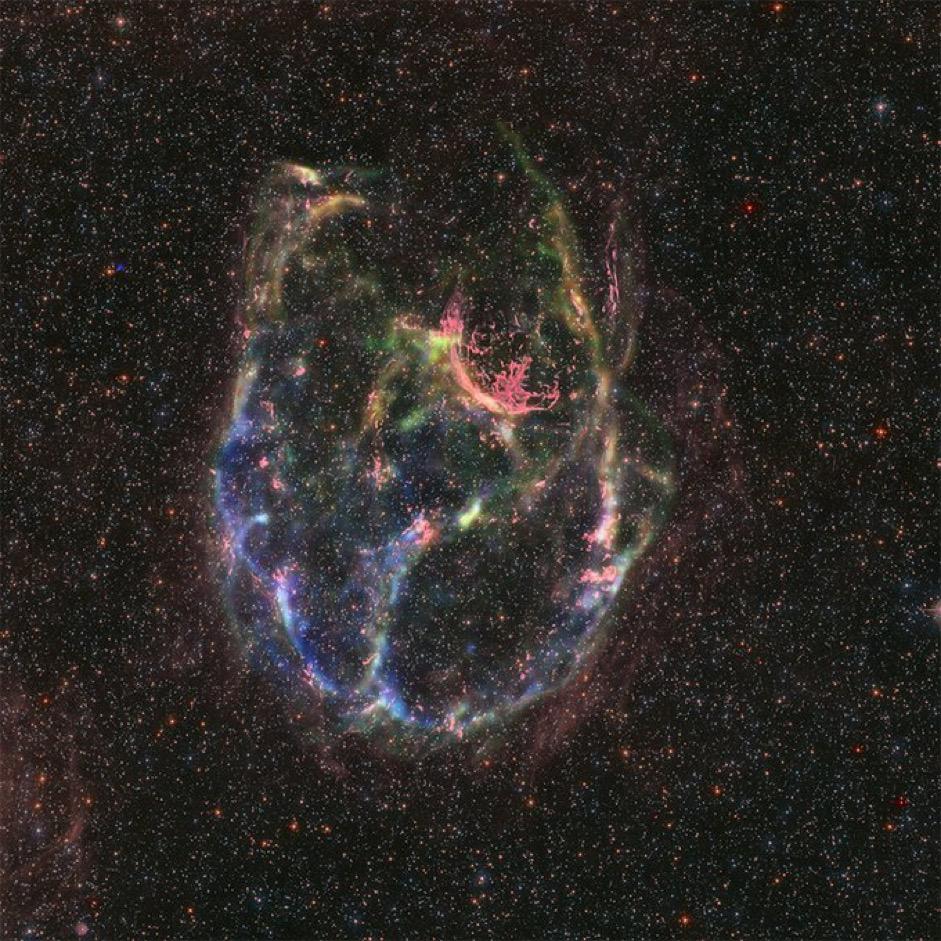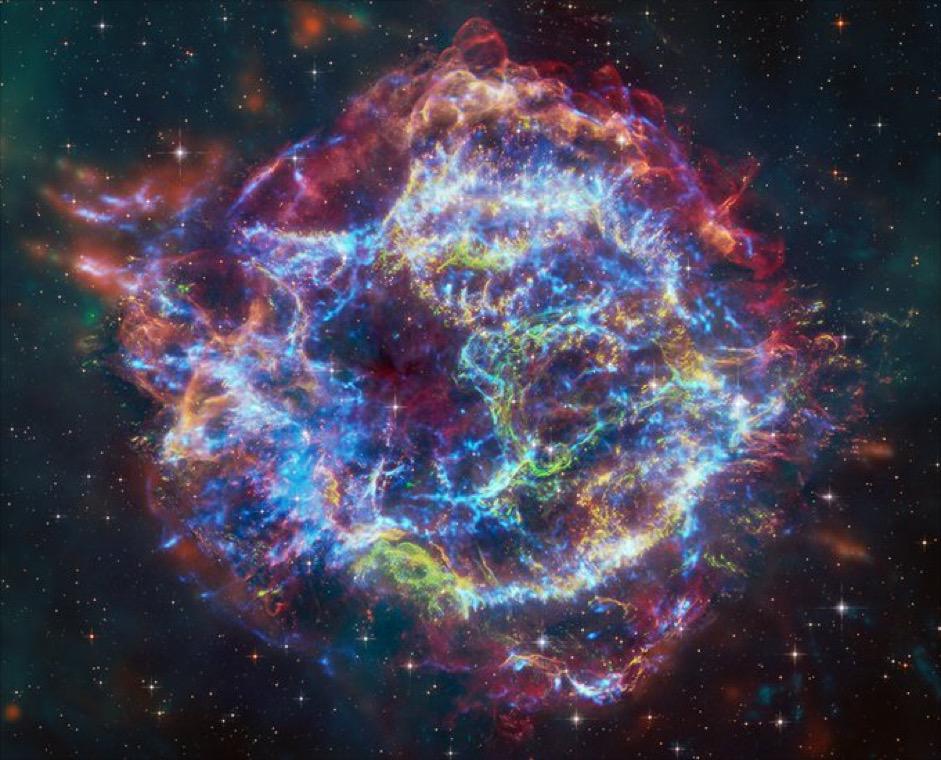In a groundbreaking revelation, scientists have discovered a connection, a ‘missing link’ between the demise of massive stars and the birth of black holes and neutron stars, the most compact entities in the cosmos.
The immediate aftermath of a supernova explosion in a nearby galaxy, was observed by two independent teams, utilising data from the European Southern Observatory's Very Large Telescope (VLT) and ESO's New Technology Telescope (NTT).

The search for direct observational evidence of stellar processes leading to the birth of black holes or neutron stars has been ongoing for decades. Recently, Researchers while observing a 'Supernova' detected last year, believe they may have found the evidence of this process.
A violent supernova is being triggered by gravitational collapse that occurs when the stars, significantly more massive than our sun exhaust fuel. According to astronomers, An ultra-dense core termed as a "compact remnant." remains after this explosion.
Depending on the star's mass, this remnant can evolve into either a neutron star or a black hole. A neutron star's material is so dense that a teaspoon would weigh approximately a trillion kilograms on Earth, while a black hole's gravity is so intense that nothing, not even light, can escape.
Until recently, the theory of a compact remnant has been supported by various clues but lacked direct observational evidence. This changed in 2022 when amateur astronomer Berto Monard discovered supernova SN 2022jli in the spiral arm of the nearby galaxy NGC 157, situated 75 million light-years away.

SN 2022jli exhibited an unusual behavior, its brightness fluctuated every 12 days, rather than following a gradual decline. Researchers linked this pattern to the interaction between the compact remnant and the surviving companion star from the explosion. This observation provides a unique glimpse into the aftermath of a supernova.
The recent observation of supernova SN 2022iji in the spiral galaxy NGC 157 has captivated researchers. Instead of fading as anticipated, the supernova displayed periodic changes in brightness over a 200-day period, growing brighter every 12.4 days before gradually dimming.
Published in the journal Nature, the research team believes this is the first instance of astronomers witnessing repeated periodic oscillations in a supernova light curve.
(Inputs from other Agencies)
©️ Copyright 2023. All Rights Reserved Powered by Vygr Media.
























